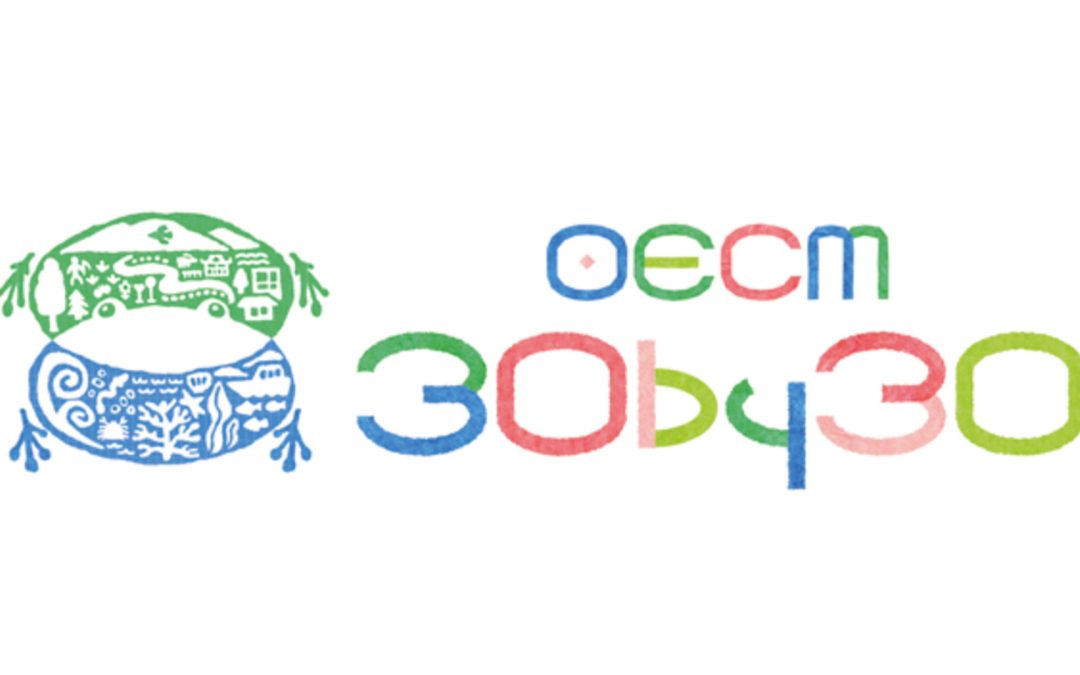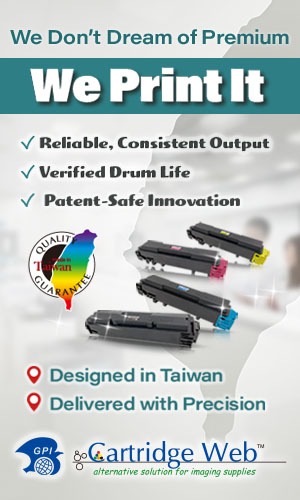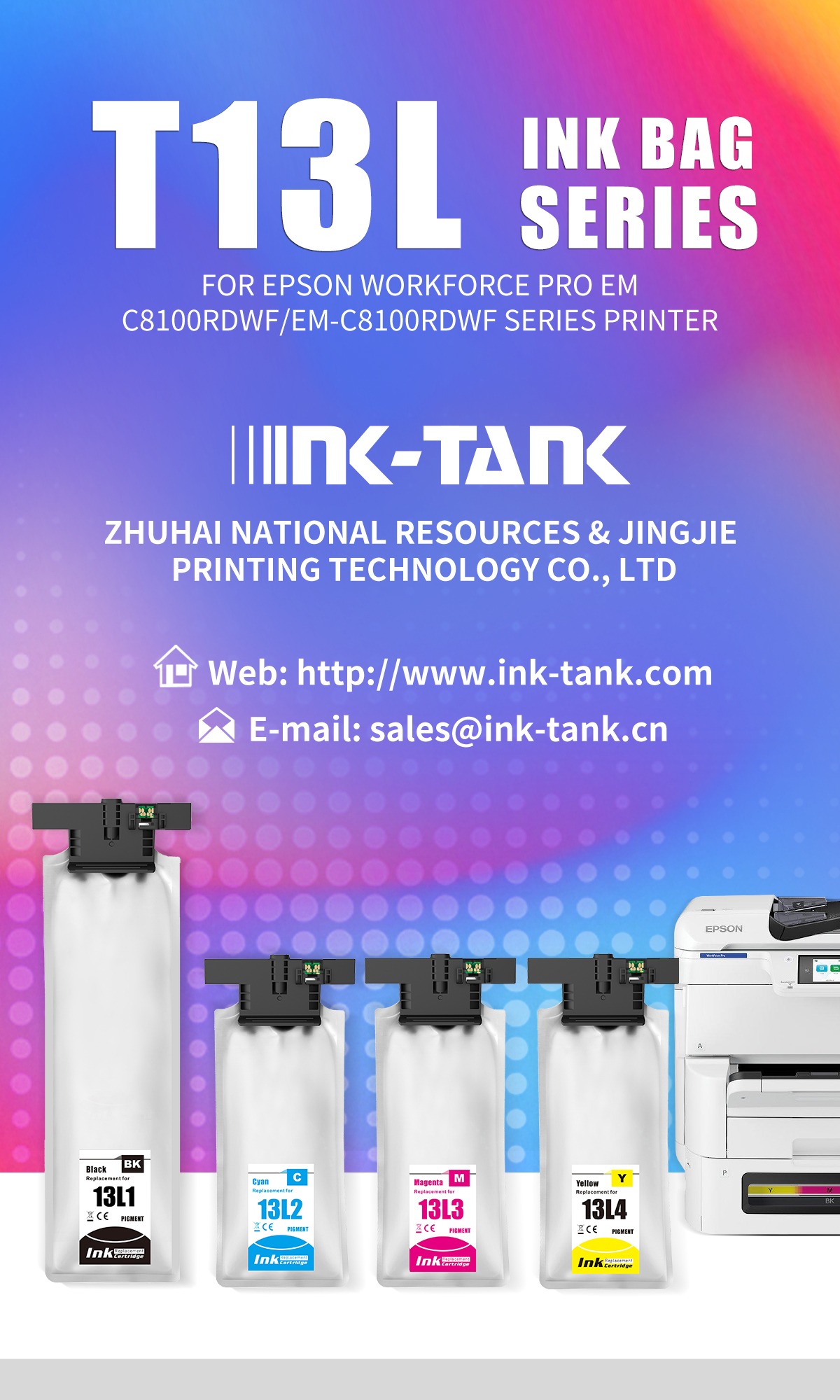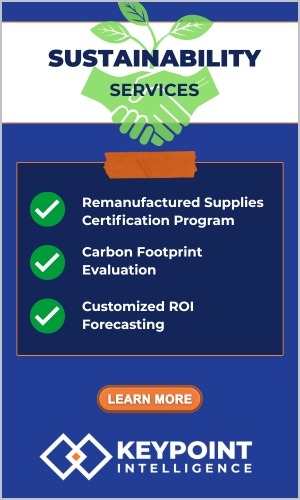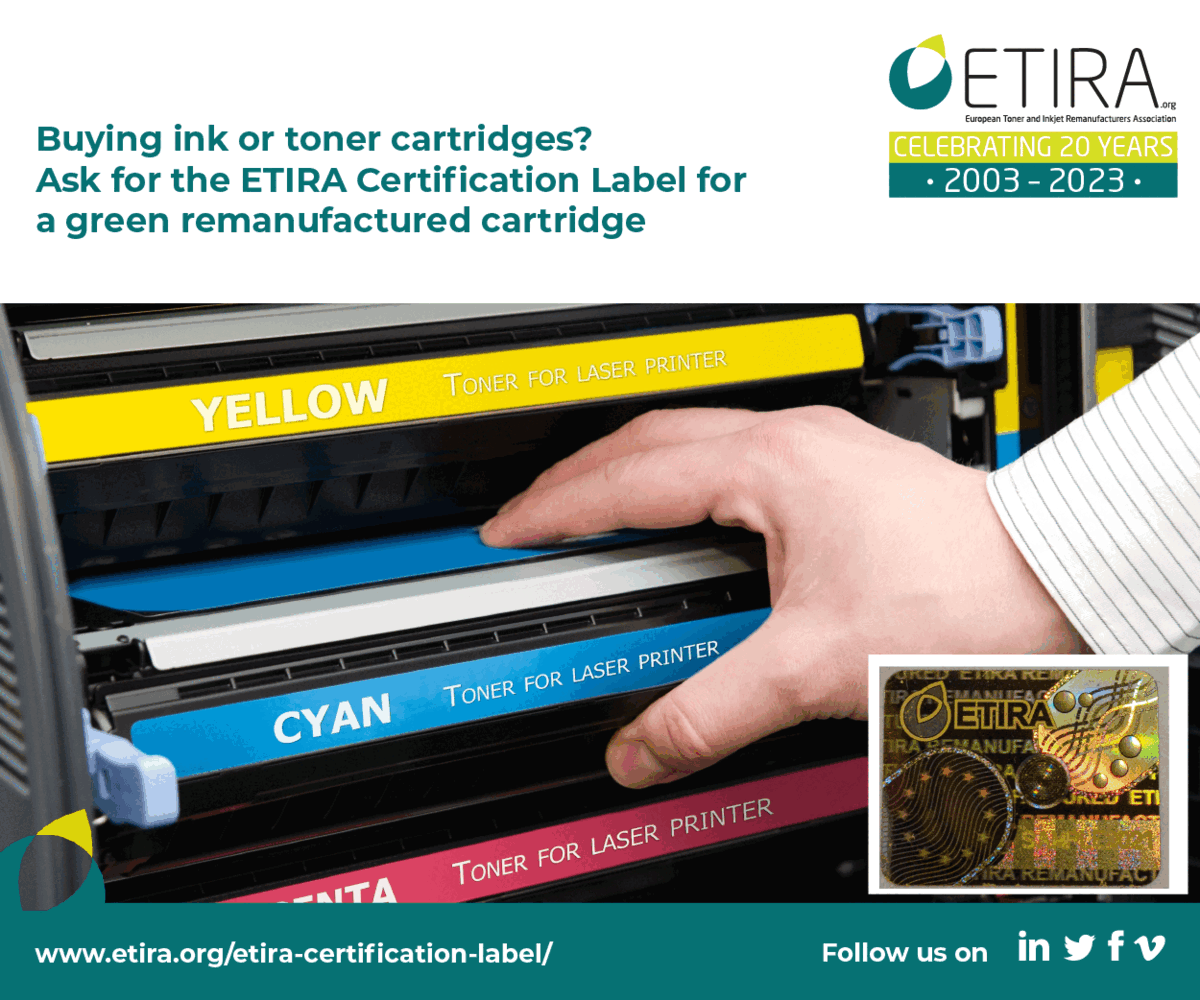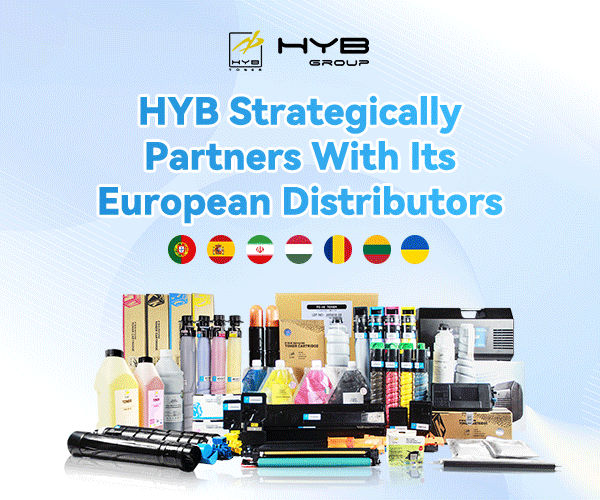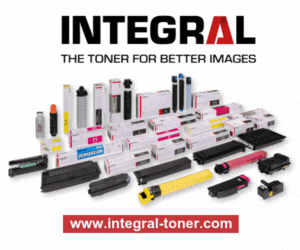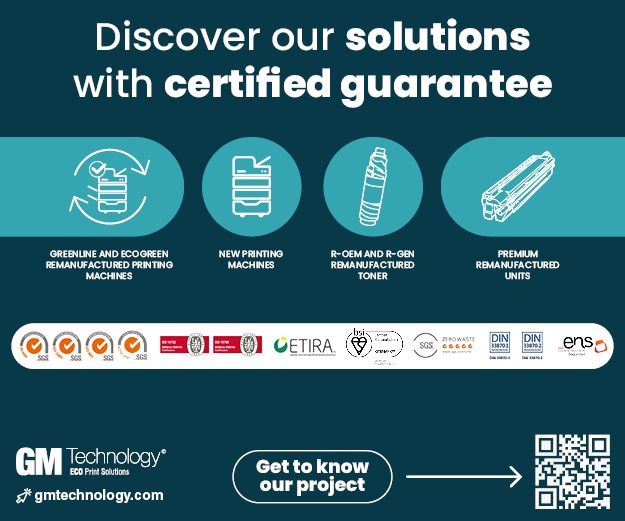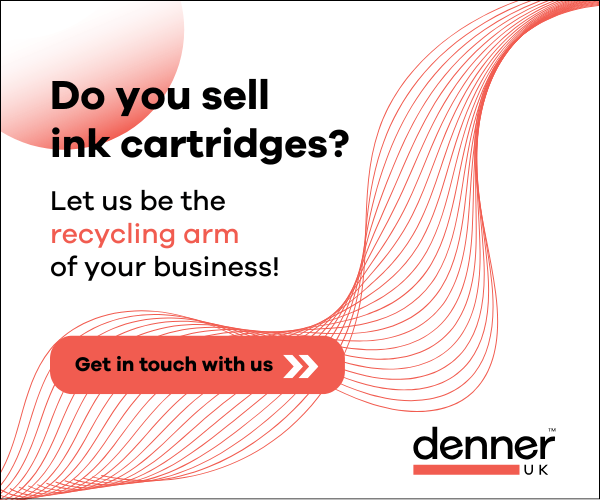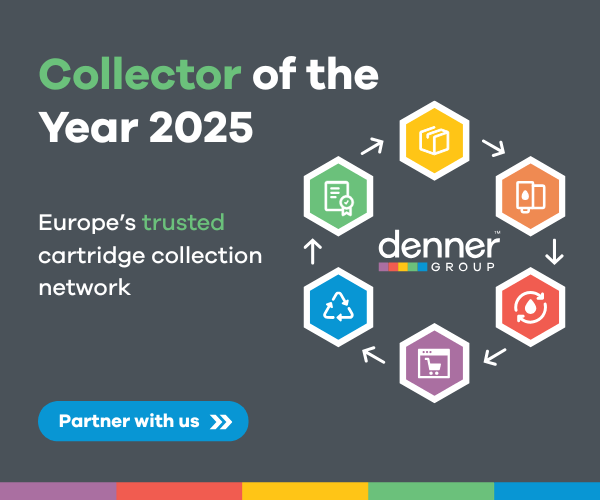Brother argues that high collection rates alone do not deliver circularity, and calls on the whole industry to collaborate on purposeful collection and design for reuse.
Editor’s note
Our September issue explores six different perspectives on the future of the imaging consumables market. Each highlighted the same challenge: how to make circularity real in practice, not just in policy.
Brother’s contribution missed the print deadline, but we are publishing it here to extend the conversation. In this opinion, Juan Torres-Carot warns against the “collection fallacy” — celebrating high collection rates without asking what really happens to the products. His call is simple: collect with purpose, design for reuse, and keep materials in circulation.
Together with the six perspectives in the magazine, it’s a reminder that collaboration across the whole industry is essential.
Beware the collection fallacy – how to really get a circular economy going
By Juan Torres-Carot, Senior Project Manager, Circular Technology Centre at Brother
The European Union wants to establish circular economies for many products made or sold in Europe. To reduce CO2 emissions and keep products out of landfill. It’s the right thing to do. It’s also hard.
The EU has challenged us, manufacturers of electronic consumables like cartridges and toners especially, to hit a goal of 65% collections. We may now have smashed that target, but that’s no cause for celebration. Only a fraction of the cartridges collected will stay in any kind of circular loop for long. If the goal is circularity, focusing on collection rates misses the point. Because it’s not about how much we collect.
“If we only collect them to take them out of circulation, all we’re doing is adding transport emissions.”
It’s not just how much we collect, but why.
If we’re asking our customers to give us their used consumables back, we better have good intentions. If we only collect them to take them out of circulation, all we’re doing is adding transport emissions. We may as well let the consumer recycle locally.
The products should come back to OEMs and specialist remanufacturers because we can do more than “just” recycle them. We should be obsessed about keeping every last gram in use for as long as possible. That means remanufacturing first, recycling last.
It’s not just how much we collect, but how.
Collecting a high-volume product like printer cartridges is a big logistical challenge. It’s also where, if we account honestly, most of the true carbon footprint of remanufactured consumables is generated.
France and Spain show how it can be done better: Local collection points, convenient for consumers, and subsequent funnelling of the collected product to OEMs and remanufacturers who give them another life. In addition to more efficient transport, this method keeps the products sorted and in good condition.
It’s not about how much we collect, but what happens next.
Condition is important, because it determines what can be done with the product. When Brother first started collecting, 80% of the product was broken and couldn’t be remanufactured. Today, we’ve flipped that stat. More than 80% of what we get back can be made as good as new. This is possible because we design for remanufacturing. So we’re collecting with purpose.
A virtuous cycle
“We should be obsessed about keeping every last gram in use for as long as possible.”
Reimagining the collections system, collecting for true remanufacturing and designing for it – together, they ensure consumers get a remanufactured product worth paying for, improving the perception of remanufactured goods. Only then will consumers start saying no to products that cannot be reused at all (like the new builds flooding the market). In turn, more of what’s collected will be remanufactured because more of the market is committed to remanufacturing – and to designing for it.



